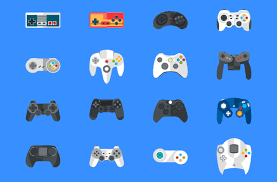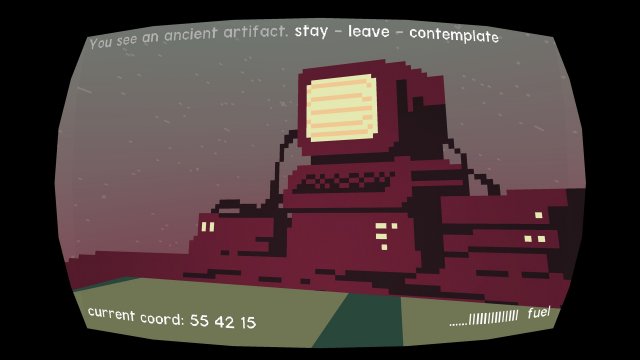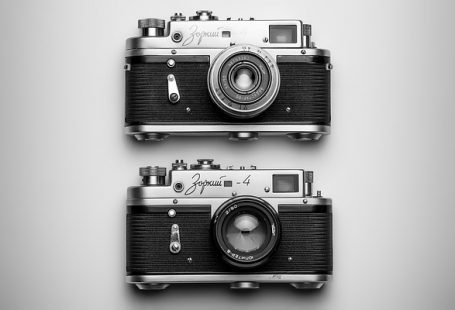This is an abstract of a study commissioned by WIPO entitled “The Legal Status of Video Games: Comparative Analysis in National Approaches” for a better understanding of the legal status of video game in Italy.
In Italy, multimedia works were not expressly defined by the Italian Copyright Act of 1941. The construction of the legal status of video games has been created by jurisprudence and doctrine.

Video games were defined for the first time in an Italian jurisdiction as “gadgets created to relieve idle people from boredom” (Turin Magistrate Court, May 25, 1982). At that time the classification as software fell outside of copyright protection. Copying was prevented under the Unfair Competition law.
A subsequent judgment by the Turin Court (Atari Judgment, October 17, 1983) opened the door for copyright protection and its applicable regime regarding infringement and illegal copying focusing on the images in motion element that characterizes any video game, classifying it as an audiovisual work.
The Italian Supreme Court, aware of the gap in the legislation and of the fact that the concept of images in motion was not sufficient to encompass the complexity of video games, finally classified them as multimedia works in the noteworthy Dalvit Judgment of May 25, 2007.
This legal status has been confirmed by subsequent case law.

Italian doctrine has thus created a definition of the multimedia work: a product that combines simultaneously, in a digital form, text, graphics, sounds, images and software.
Part of the doctrine suggests that, due to their nature, video games should fall within the category of collective works (Article 3 of the Italian Copyright Act), as collections of autonomous works under the supervision of an editor, which are protected per se and independently of the protection of the individual works.
According to another doctrinal trend, emphasis is given to the audiovisual nature of video games, which could therefore be considered cinematographic works (implied by the Atari Judgment, 1983), due to the involvement of a plurality of authors as provided by Article 44 of the Italian Copyright Act (with respect to script, screenplay and music, in addition to the director) and the exercise of all economic rights of exploitation by the producer.
The issue thus remains open for a clear classification of video games.

Identification of the authors of a video game necessarily follows from their legal classification. If a video game is construed as a collective work, all authors of a creative contribution to the video game may be considered authors of their individual contribution, while the editor would own the copyright in the video game as a collective work. If a video game is treated as a cinematographic work,, co-ownership could be deemed to exist between the authors of the script, of the screenplay and of the music, as well as the director (considered the person coordinating the different contributions). In light of the particular features of video games, the graphic designer and the author of the software could also be considered co-authors of the video game.
The issue, however, does not appear to have been resolved in Italian case law and needs to be considered on a case-by-case basis.
The main stakeholders involved in the value chain are:
- the manufacturers of the hardware (PCs, game consoles, smartphones and tablets), that is, the devices on which the game is played; the manufacturer of the medium on which the video game is fixed (e.g., CDs and DVDs) or of software platforms (virtual storage);
- the original developers of the idea and the software;
- the authors of the musical composition and the author of the images/audiovisual work (designers, artists), game testers;
- the engineers in charge of assembling contents of the multimedia work (so-called production tools, middleware);
- the producer investing the money required to implement the idea;
- the publisher involved in marketing (i.e., catalogues of games) for retail and online distribution; and
- end-user consumers or players (modifiers)
In the chain of rights, in addition to the authors, publishers and producers mentioned above, there are the licensees for derivative works (e.g., movies, comic books and merchandising), licensors for previous rights of the content (e.g., sports games, books and movie characters) as well as of the software/hardware content; online or rental distributors; online game equity investors122 such as broadband providers, advertisers and mobile phone operators.
Finally, the form of financial compensation available to the authors, whether as a lump sum or royalties on the proceeds, is left to the parties’ freedom of contract.
There is a legislative void with regard to the status of video games in Italy, and not all traditional norms created for particular categories of collaborative works (i.e., cinematographic or collective works) can be applied to them by analogy.
For this reason, possible solutions could include: creation of an applicable law sui generis for video games; or adaptation of the law governing cinematographic works.
In the opinion of some Italian experts, legislators should propose a specific sui generis legal framework for video games.
Indeed, Italy is one of the major consumers of video games in the EU and, although it only has four or five national video game development studios, the market is growing steadily. According to these experts, legislators should propose adequate protection for all people involved in the creation of video games.
Dandi Law Firm provides legal assistance in Copyright. Check out our Services or contact Us!





